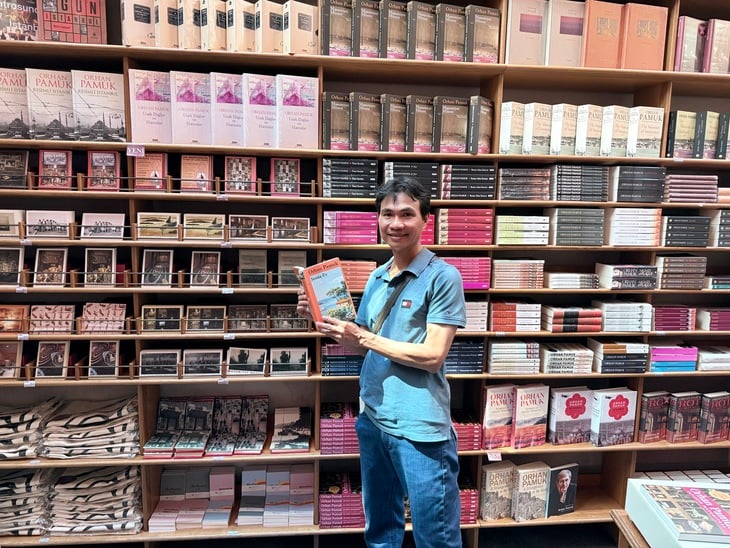
I explore the museum of innocence - Photo: TRUONG ANH QUOC
When I first started reading, I heard critics talking passionately about My Name is Red and The White Fortress by writer Orhan Pamuk. In 2008, the novel The Museum of Innocence was published, further affirming the name of this Turkish writer who won the Nobel Prize for Literature. More interestingly, at the same time as writing the novel, writer Orhan Pamuk built his house into a museum of the same name: The Museum of Innocence.
Although we are in the same city, I am in the shipyard area on the Asian side of Tuzla, while the Museum of Innocence is near the center on the European side. The small, blue Bosphorus Strait divides Istanbul into two continents, each with its own unique architectural culture.
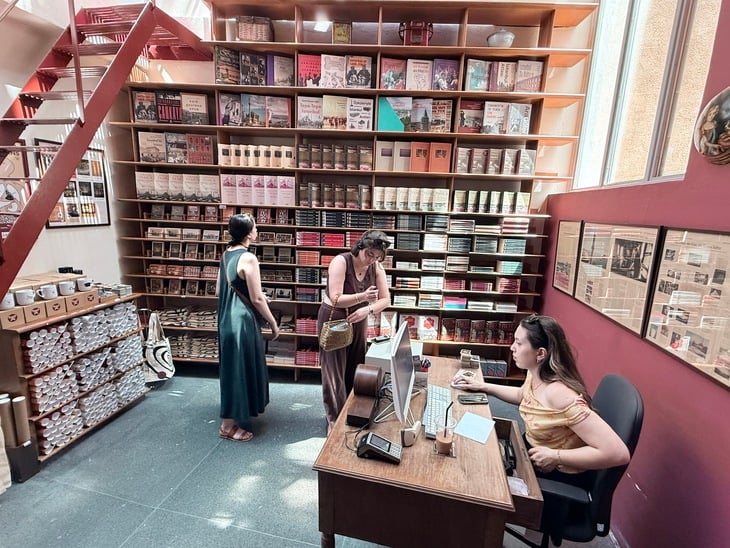
The bookshelf in the basement of the museum - Photo: TRUONG ANH QUOC
If I took a taxi, the road was winding and hilly for thirty to forty kilometers, not to mention the sky-high taxi prices in Turkey. For strangers, drivers often circled around to charge extra fares. I went to the metro station and struggled to find a way to buy a card, topping up Lira for convenience. The metro system in Turkey has been around for a long time and is modern, you just need to swipe the entrance, the exit is open freely.
More than 20 years ago, I took the subway from mainland China to Hong Kong many times, riding long train cars. This time, taking the world's first transcontinental subway was no less exciting. When the subway lost network signal, I couldn't see the location. When the signal came back, I had already passed several stations, then had to go back and change lines to get on the right track. I took a train to Taksim station, and then a short taxi ride to the Museum of Innocence.
The Museum of Innocence is located at the intersection of a curved cobblestone street. The outer wall of the Museum is a mixture of coffee with milk and red apple tea color, making it look even more tranquil.
Visitors entered the museum through a side door on a steep, paved alley. The ticket seller and museum manager sat inside the window. A large tabby cat lay curled up. There were many cats in Türkiye, and people loved them. Suddenly, I remembered the detail in the novel where Kamal's mother told Miss Fusun that she didn't like cats, which meant she didn't like her.
The museum is a three-story wooden house with a basement, designed into neat and clean exhibition rooms. The mezzanine basement, where books are displayed, is like a library with staff who are both librarians, booksellers and accountants.
Walking up the pretty wooden stairs leading to the 2nd and 3rd floors, I curiously counted each step: 17.
The ground floor and the two upper floors display thousands of artifacts arranged and numbered. From buttons, sewing machines, needles, thread, brooches, tea cups and coffee cups to pieces of bread and cigarette butts. Those were pieces of bread and cigarettes that Kemal's lover - Fusun - had smoked. From dresses to shoes, from pet collections to lottery tickets and stamps. Even toothbrushes or rusty sinks with peeling enamel are preserved...
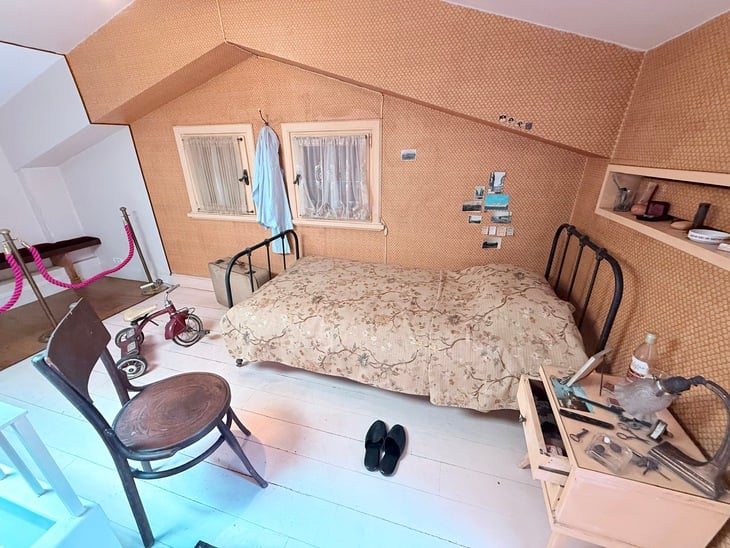
Small room in the attic - Photo: TRUONG ANH QUOC
The attic floor holds the main male character Kemal’s narrow single bed, his black closed-toe slippers. The suitcase at the end of the bed shows his constant loneliness. His restlessness and lingering longing. The suitcase seems to be packed with belongings that can follow its owner away at any time.
Even though it wasn’t a weekend, the museum still had a steady stream of visitors. They walked softly, spoke softly, and looked at the exhibits as if recalling where they had appeared in a novel.

Draft pages of writer Orhan Pamuk - Photo: TRUONG ANH QUOC
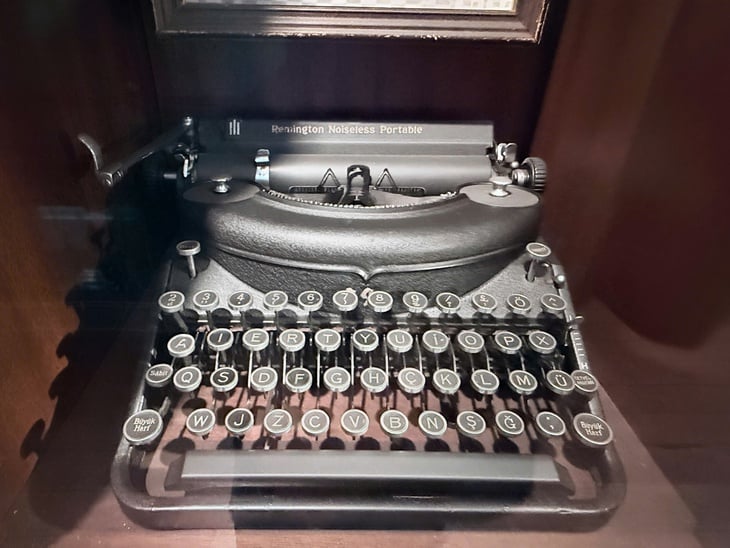
The typewriter, an indispensable item for writer Orhan Pamuk decades before computers - Photo: TRUONG ANH QUOC
The museum displays artifacts related to the love of the two main characters. From the collected items, the writer wrote a novel. Many carefully preserved draft pages of the novel show that the writing profession is extremely difficult for all writers, even those who have won the Nobel Prize.
The Museum of Innocence preserves the memories of unfulfilled love. Visit the museum to see where writer Orhan Pamuk once lived and wrote, immerse your soul in the world of books and beautiful memories of eternal love.
Leaving the naive museum, walking on the narrow, time-worn bluestone streets, feeling the sediments of thousands of years of history under each step. Suddenly thinking of Fusun in the novel, like the image of the magnificent city of Istanbul, having gone through many historical ups and downs but still rising to live and love.
In Istanbul, you can find both public and private museums. The Turks have always inherited and preserved cultural values, which has made their culture rich and diverse.
How many dynasties and empires: Roman, Byzantine, Ottoman were subdued but the architectural works remained intact until today. I remember the old driver who always pointed to me when he saw the white fortresses that seemed to have been abandoned for a long time and kept saying: Ottoman, Ottoman. His eyes lit up with respect and pride.

Pet collection in the Museum of Innocence - Photo: TRUONG ANH QUOC
Source: https://tuoitre.vn/tho-ngay-di-tim-bao-tang-ngay-tho-cua-nha-van-doat-giai-nobel-20251112134259771.htm


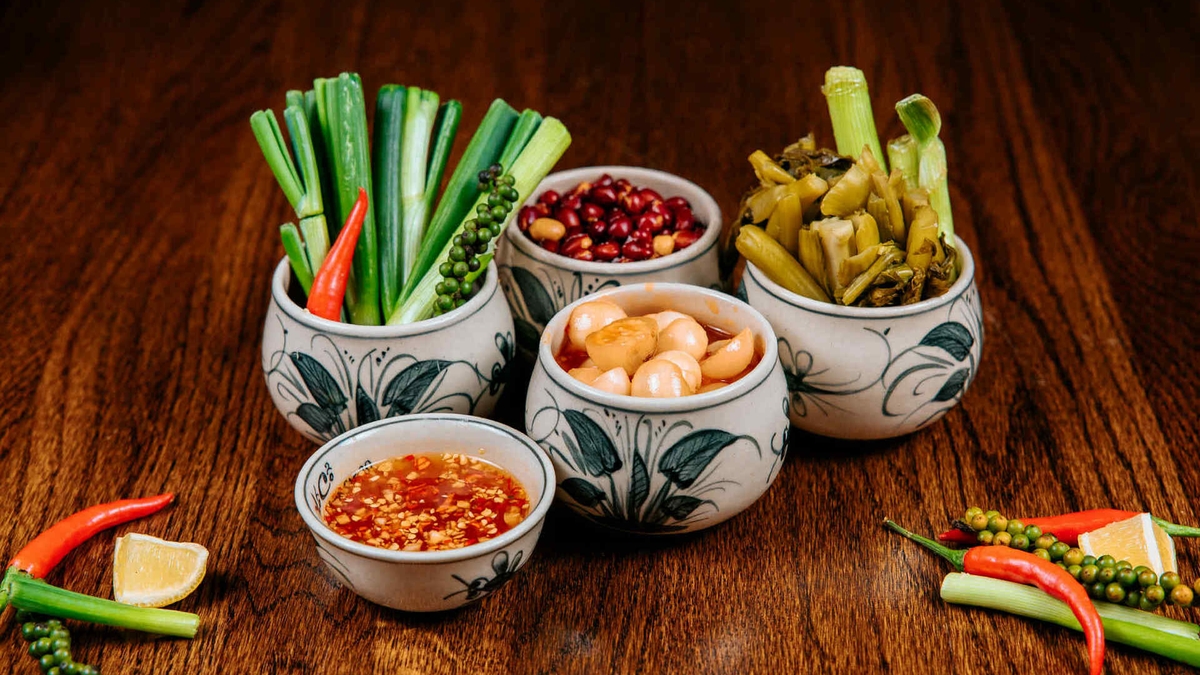


![[Photo] The "scars" of Da Nang's mountains and forests after storms and floods](https://vphoto.vietnam.vn/thumb/1200x675/vietnam/resource/IMAGE/2025/11/13/1762996564834_sl8-jpg.webp)

![[Photo] Prime Minister Pham Minh Chinh attends a conference to review one year of deploying forces to participate in protecting security and order at the grassroots level.](https://vphoto.vietnam.vn/thumb/1200x675/vietnam/resource/IMAGE/2025/11/12/1762957553775_dsc-2379-jpg.webp)















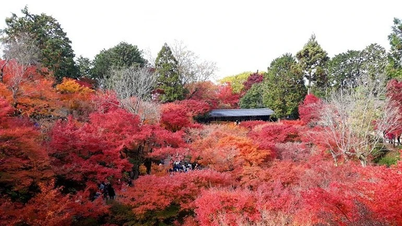









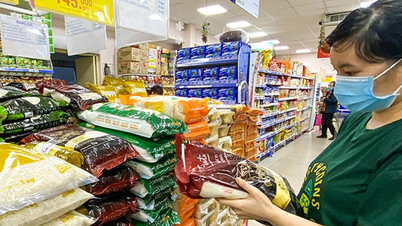

![[Photo] Highways passing through Dong Nai](https://vphoto.vietnam.vn/thumb/1200x675/vietnam/resource/IMAGE/2025/11/12/1762940149627_ndo_br_1-resize-5756-jpg.webp)





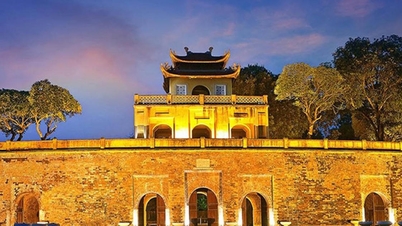





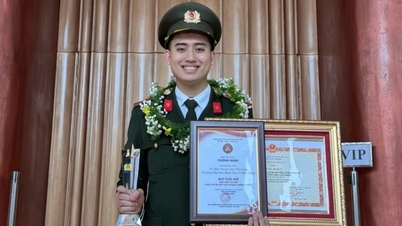










































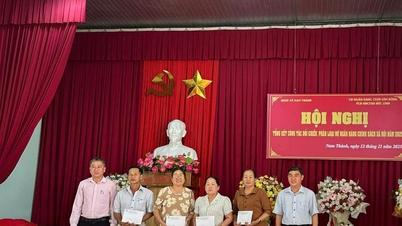











![Dong Nai OCOP transition: [Article 3] Linking tourism with OCOP product consumption](https://vphoto.vietnam.vn/thumb/402x226/vietnam/resource/IMAGE/2025/11/10/1762739199309_1324-2740-7_n-162543_981.jpeg)







Comment (0)